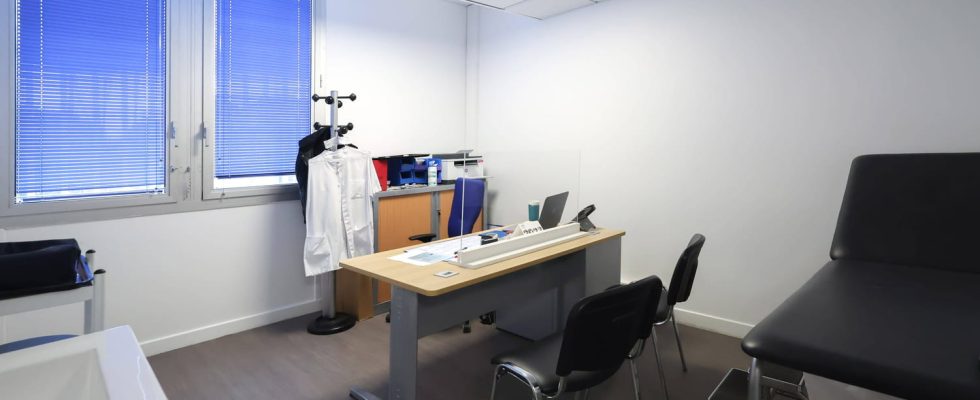In which departments are the medical deserts likely to worsen in the coming years? Are you concerned? We take stock of the territories most at risk.
Where have the GPs gone? The lack of doctors close to home affects millions of French people, inhabitants of real “medical deserts”. Nationwide, the number of GPs fell from almost 101,500 to less than 100,000 between 2012 and 2022. During this time, the French population continued to grow. What to go down from 1.55 to 1.47 doctor per 1000 inhabitants.
If the situation can vary within the same territory, some inhabitants are forced to swallow tens of kilometers to reach a doctor. And as the Minister of Health François Braun pointed out on France Inter, at the beginning of May, the shortage, growing over the last decade, will not be reversed anytime soon: “We will not have more doctors for ten years”.
Increasingly older doctors in these 8 departments
According to data from the Directorate of Research, Studies, Evaluation and Statistics on the density of doctors (DREES), the next few years promise to be particularly difficult in certain departments. The concern is that this also concerns the departments which already have few doctors at the base: already unfavorable at the start, the trend is therefore aggravated there.
Some departments even combine two problems: fewer and fewer doctors, and increasingly older practitioners. Eight departments are particularly concerned, in which more than 6 out of 10 GPs are at least 55 years old: Creuse, Yonne, Lot, Orne, Alpes de Haute-Provence, Cher, Indre and Eure-et-Loir. The share of young doctors (under 40) also peaks below 20% in the majority of the following departments: Eure-et-Loir, Lot, Cher, Creuse, Indre and Yonne.
On a national scale, the situation is more encouraging: the proportion of general practitioners aged at least 55 has stagnated for 5 years and the proportion of general practitioners aged under 40 is increasing. In ten years, the number of young general practitioners in France has thus increased from nearly 16,000 to almost 28,000.
Additional note of hope: on the night of June 16 to 17, a bill was adopted in the National Assembly (before examination in the Senate). The text provides in particular for better access to care, without integrating coercion concerning the installation of doctors.
